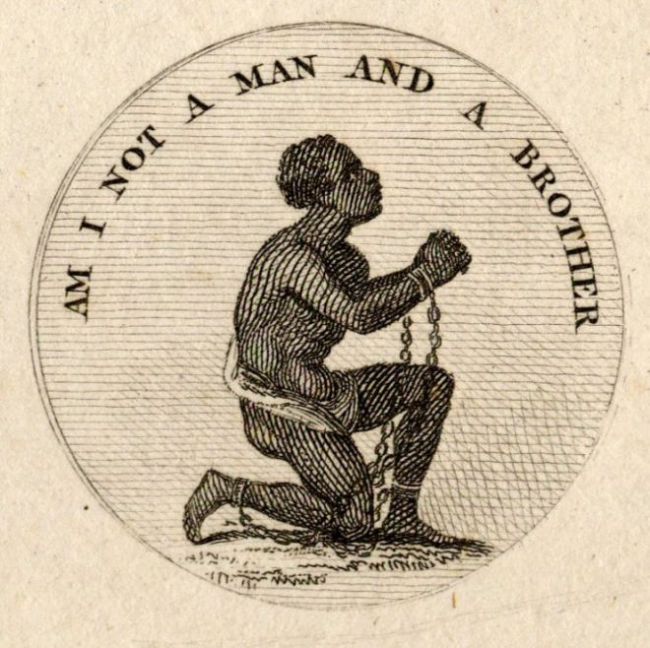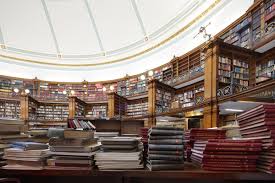This post derives its content from two different sources. The first was a hand written family tree on lined paper, along with two cuttings from “The Times” from 1961, in a book called “A Hundred Years of Enterprise, – Centenary of the Clay Cross Company Ltd, 1837 -1937”. They had all been in an old tea chest for at least thirty five years. The second source was from “My Ancestors, By Norman Penney, F.S.A,, F.R.Hist.S. Printed For Private Circulation By Headley Brothers, Bishopsgate, Ex., And Ashford, Kent, 1920.” found online back in February 2017.
Initially, I was very impressed that Mme. Rickman had traced the family back to 1512, though because she was doing direct descendants, it could be frustrating at times, because it would name a great, grandfather, for example, and “4 other sons”. The direct great-grandfathers are in bold.
Richard Rickman Born in Wardleham, Hampshire, England in 1480, and had a son called Richard
Richard Rickman 1512 – ???? Born on 1512 to Richard Rickman. Richard married Isabell – unknown surname and had 3 children. He died in Wardleham, Hampshire, England.
- Robert Rickman
- John Rickman 1542-1599
- William Rickman 1547-1609
William Rickman 1547 -1609 Born in Wardleham, Hampshire, England on 1547 to Richard Rickman and Isabell unknown surname He died in 1609 in Stanton Prior, Somerset, England. Mme Rickman’s notes continue; ” He removed to Stanton Prior, near Bath where he possessed the manor, advowson [ the right to appoint the priest] , and other appurtenances. “ He had a son, John:
John Rickman 1587 – ???? Born to William Rickman and unknown wife. John married Edythe Bally, and also married Ophelia Marchant and had a child. Mme Rickman’s notes continue; ” He was baptised at Stanton Prior on 25th March 1587.”
- John Rickman 1611-1680
John Rickman. Born on 1611 to John Rickman and Ophelia Marchant.Mme Rickman’s notes continue; ” He was baptised at Stanton Prior on 7th July 1611.” John married Alice Dunn Unknown-1680 and had 2 children. He died in 1680 in Selborne, Hampshire, England.
- John Rickman 1656-1722
- Joseph Rickman 1657-1745
John Rickman Born in Inams, near Great Hamwood, in the parish of Selborne, Hampshire, England on 1656 to John Rickman and Alice Dunn. John married Margaret Knell 1659-1704, [Mme Rickman has her as Margaret Edwards. She is, in fact, both, because it was a second marriage] and had 8 children. John married Abigail Reynolds Unknown-1723 and had a child. He died in 1722 in Hurstmonceux, Sussex, England. Mme Rickman’s notes continue; ” He was the first who joined the ‘Friends’ [Quakers].”
- Joseph Rickman 1691-1747
- John Rickman 1681-1713
- Mary Rickman 1683-Unknown
- Gershan Rickman 1688-Unknown
- Margaret Rickman 1689-Unknown
- Ambrose Rickman 1690-Unknown
- Nicholas Rickman 1695-1713
- Elizabeth Rickman 1698-Unknown
- Benjamin Rickman 1707-1751
Joseph Rickman was born in the village of Gardner Street, near Hurstmonceux, Sussex, on 1691 to John Rickman and Margaret Knell. Joseph married Ann Baker 1694-1778 and had 4 children. He died on 7 Feb 1747 at Park Farm, in Hellingly, Sussex, and buried in Gardner Street.
- Joseph Rickman 1714-1776
- John Rickman 1715-1789
- Thomas Rickman 1718-1803
- Elizabeth Rickman 1722-1757
John Rickman 1715 – 1789 married Elizabeth Peters and had 8 children, according to one account, or 10 according to another. Born in Hurstmonceux, Sussex, England on 1715 to Joseph Rickman and Ann Baker. He died in 1789 in Lewes, Sussex, England.
- Elizabeth Rickman 1743-1797
- Richard Peters Rickman 1745-1801
- Joseph Peters Rickman 1745-1810 married Sarah Neave 1747-1809 died in Dublin. They had three sons: Thomas Rickman 1776-1841, John Rickman 1779-1835 this one appears to have married Sarah Godlee,1798 -1866, George Peters Rickman 1785-1875.
- John Rickman 1747-1764 died aged 17
- Samuel Rickman 1755-1799 died aged 44
- Ann Rickman 1757-1793
- Sarah Rickman 1759-1837
- Thomas Clio Rickman 1760-1834
Richard Peters Rickman 1745 – 1801 married Mary Verrall 5th June 1767, and had 9 children, or possibly 16 children, or even 17. All the children were apparently educated at Ackworth school in Yorkshire,He died in 1801 in Lewes, East Sussex, England. Richard Peters Rickman was the elder of twin brother, and had rather more children than his brother Joseph Peters Rickman who seems to have only had three.
- Elizabeth Rickman 1768-1833 married John Hodgkin of Pentonville (1766-1845), , had four sons of whom the first two died in infancy. The third son, Thomas Hodgkin MD (1798-1866), Thomas Hodgkin MD married relatively late and left no children: with Sir Moses Montefiore he travelled to the Holy Land and Morocco to plead for better treatment for Jews in those areas; it was on a journey to the former that he died in 1866, and he is buried in Jaffa.It is from his younger brother, John Hodgkin junior (1800-1875), that the contemporary Hodgkin family descends. John Hodgkin junior’s first wife, Elizabeth Howard Hodgkin (1803-1836), was the daughter of the meteorologist and chemist Luke Howard (1772-1864), perhaps best known for his system of describing clouds.
- Lucy Rickman 1772-1804 married her first cousin Thomas Rickman 1776-1841, the son of her father’s twin brother, Joseph Peters Rickman.
- John Rickman 1774-1859 had a son also called Richard Peters Rickman (probably) and seems to have left about £120,000 when he died. RP Rickman II died in 1876 leaving £45,000. Seems to have been somewhat miserly, according to the book “The Quakers of Lewes”
- Sarah Rickman 1776-1837
- Ann Rickman 1780-1830
- Samuel Rickman 1782-1836
- Jane Rickman 1785-1846
- Susanna Rickman 1787-1859
- George Rickman 1791-1835
Samuel Rickman 1782-1836 removed to Liverpool from Lewes in 1809. He married Hannah Cooke 1790 – 1873, in Liverpool, on September 1, 1816, in a joint wedding with his brother-in-law, Isaac Cooke, who married Sarah Robson. Sam and Hannah had two children. Sam was buried in the Friends Burial Ground, in Hunter Street, Liverpool, and Hannah, thirty seven years later in the Friends Burial Ground, in Liscard, Cheshire.
- Mary 1814 -1849
- Samuel (1815 – 1885)
Samuel Rickman (1815 – 1885) m. Catherine Throp (1820 – 1903) 4th February 1845. They had 8 children
- Samuel Rickman 1846 – 1917 m. Emily Rachel Binns 1849 – 1935
- Mary 1847 – Unknown but after 1901
- Charles William 1849 – Unknown
- Reginald John 1850 – Unknown
- Frances Amy 1852 – in 1901 she seems to be either domestic staff or teaching at Eton
- Wilfred 1854 – Unknown .
- Kate 1856 – Unknown, but after 1911
- Josephine 1858 – 1930
There seems to be a curiously small amount of information on what happened to most of the children. Only Sam, and Josephine seem to have married. The 1871 census helps a little in telling us what the children were doing at the time. Both Mary and Frances are teachers, Charles and Reg are both book-keepers, 16 year-old Wilfred is an apprentice to a ship broker and 25 year-old Sam’s a cotton broker. There doesn’t seem to be any further records of the three younger sons.
In 1881, Kate is a nurse at Westminster Hospital aged 24, and then rather curiously staying in St Helens with the Morris family in 1911 Max Morris is 32, and born in Kiev. Mary his wife is 28. Kate is 52. Mary Morris’s retired parents are also living there, so she may well still be nursing
In 1891, Mary is 43 and living with her widowed mother at 14 Slatey Road (1 Cambridge Terrace), Claughton cum Grange, Birkenhead. By 1901 they have moved to Arnside in Westmorland in the Lake District. Catherine Rickman is now 81.
Samuel Rickman 1846 – 1917 m. Emily Rachel Binns 1849 – 1935. They have 3 children
- Reginald Binns Rickman (1882 -1940)
- Florence who marries Theo Kimber and has a daughter Nancy
- Rachel unm.

